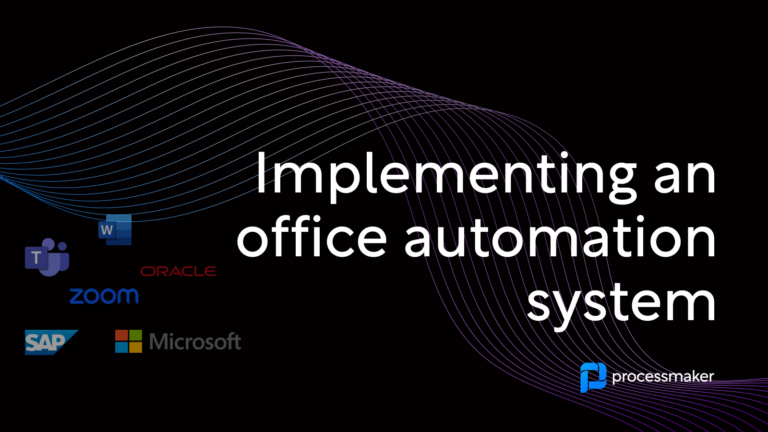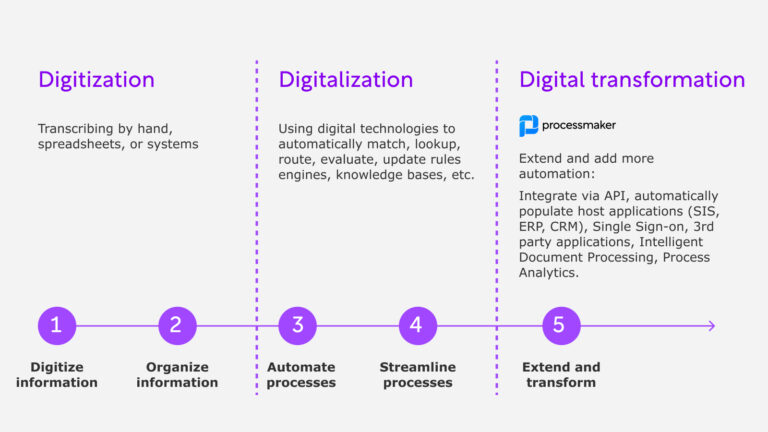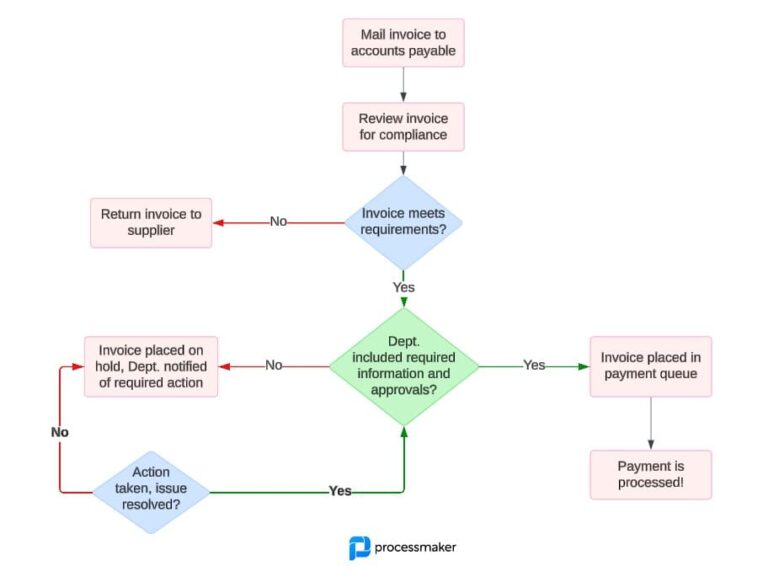Workflow management is a proven discipline that has been helping successful organizations manage their workflow efficiently for over a century. Yet it has received increased attention in recent years following the proliferation of innovative systems that make it easy for organizations to automate tasks.
In 2019 the workflow automation market reached a value of $8.07 billion and is projected to reach $39.49 billion by 2027, growing at a CAGR of 23.68% between 2020 and 2027.
What is Workflow Management?
A workflow is a sequence of tasks that are part of some larger task. A workflow is intended to help achieve a predefined business objective. Organizations use workflow management to produce better results based on a specified set of goals.
Many organizations use workflow systems to automate tasks in conjunction with management principles. In addition to automating tasks, workflow management systems help stakeholders to easily map workflows to identify repetitive tasks, bottlenecks, and opportunities for improvement.
Gartner breaks workflow management down further into two interrelated categories:
- Internal and external process integration. An approach that provides for the “definition of business processes that span applications,” and “usually requires a standards-based commercial workflow development environment.”
- Automated events or processes. An approach that “enables automated tasks…to be performed.”
The Benefits of Workflow Management
Workflow management offers organizations in every industry a broad range of benefits, including:
Greater Collaboration
Workflow management establishes clear channels of communication. Employees know where to go to get answers. Moreover, a workflow management system enables real-time communication and access to data across an organization, leading to a more collaborative work environment and superior customer service.
Improved Compliance
A workflow involves a lot of moving parts. For organizations that continue to rely on manual processes, ensuring that they remain compliant can prove challenging. With workflow management, organizations can improve compliance by streamlining processes, reducing human error through automation, and increasing accountability.
Greater Transparency
Sharing workflows with employees helps them to understand what tasks are involved in a process, who is responsible for completing them, and what the next steps are. This level of transparency improves morale and job satisfaction, which can also boost productivity.
Reduced Costs
The pandemic led to widespread cost-cutting measures that will persist for some time. Deloitte refers to these widespread COVID-19 cost-cutting measures as “Save-to-Thrive,” noting that the pandemic shined “extra light on the talent lever and accelerat[ed] key transformation actions such as automation and remote work that can help companies thrive once the virus is contained and the next normal emerges.”
Workflow management plays an integral role in cost reduction. Organizations can implement automation technologies to streamline work processes and improve operational flexibility through careful planning.
Common Examples
There are a potentially unlimited number of use cases for workflow management. The following are two examples that can give you a better idea of what is possible:
Employee Onboarding
Employee onboarding is a time-consuming but essential process for many organizations. An efficient onboarding process plays a crucial role in ensuring new hire retention. The initial tasks in an onboarding workflow involve a significant amount of internal and external communications. With workflow management, the completion of each task can trigger automated notifications and approvals, eliminating the need for the constant back-and-forth.
Once the employee has passed a background check and other conditions for employment, the workflow would advance to the next phase. This could automatically trigger other tasks, such as asset allocation and granting email access.
Support Requests
Most organizations require a system for managing IT support requests. Without established workflows, IT support requests are often mishandled. Users are often required to follow up continuously and potentially experience long periods of downtime – stifling productivity. Organizations can easily route IT requests based on predefined rules. Users can easily track their requests and management can monitor performance to increase accountability.
Workflow Management Systems
A workflow management system is a software solution that makes it easy to automate and execute workflows. There are many workflow management systems to choose from. While each offers unique features, most include the following features:
- The ability to map and define workflows.
- Customized and automated notifications to stakeholders.
- Integration capabilities with other solutions.
- The ability to create forms to gather structured workflow data.
- Document management capabilities.
- Advanced reporting features that provide insights into performance.
- The ability to grant access permissions to external stakeholders.
Workflow management systems are often confused with BPM platforms. There are important differences, however. The most significant difference involves their scope. Workflow management systems focus on the task-level while BPM can help organizations to improve a single process or an entire set of business processes.
ProcessMaker is an award-winning low-code business process management (BPM) and workflow automation platform. ProcessMaker was awarded the “Design Management System of the Year” award in 2020 by Remote Breakthrough, a leading independent market intelligence organization.





